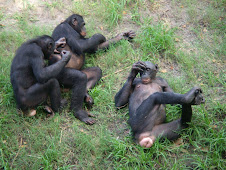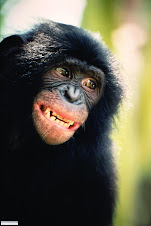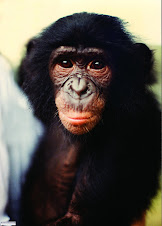



 For a while, she menaced as a Hurricane category one, but then Fay wiggled and waggled and stalled in the middle of the state before blowing in as a tropical storm that dumped up to 20 inches of rain in some areas over several days, starting Wednesday, the 20th of August.
For a while, she menaced as a Hurricane category one, but then Fay wiggled and waggled and stalled in the middle of the state before blowing in as a tropical storm that dumped up to 20 inches of rain in some areas over several days, starting Wednesday, the 20th of August.Like other zoos in susceptible parts of the country, The Jacksonville Zoo and Gardens has a hurricane preparedness team consisting of key staff in the security, facilities, and animal departments. As the zoo is bordered by the Trout River, planning for a wind and flooding event is critically important. Volunteers are selected for a "ride-out" team that stays at the zoo overnight to care for animals and deal with downed trees, power outages, flooding, and life support systems monitoring.
Water loving birds such as swans fare well in a storm and they are left out in the open air to weather it as they would do in the wild. Animals are generally well equipped to handle inclement weather. In fact, capturing and moving the fragile looking flamingos would be harder on the birds as opposed to letting them ride the storm out on exhibit.
The decision of security for each zoo species in a hurricane comes from an understanding of the animal's biology, from past experience, and from an assessment of the risk of flooding or falling branches.
Large trees can potentially damage fences so hoofed stock, such as rhino, are typically brought indoors to stay in the barn during a storm event. Some animals are given access between a stall and a small outdoor holding pen because they are more comfortable with having the choice. With limited staff access, it is more efficient and less time consuming to check and feed animals that are confined to stalls and holding yards.
Giraffes are unusual in that that they do not naturally seek shelter from rain. Given their height, lightening is a special risk for them. They are not allowed to go out on exhibit when a hurricane is imminent, but kept in the holding yard so that they can easily be put in the barn for their protection.
During a hurricane, all great apes and carnivores are kept inside in their night houses. Similar to humans and our carnivore pets, it is believed that these animals prefer the sense of calm of "home" during the wind, rain, lightning, and thunder.
Photos by D. Messinger













No comments:
Post a Comment